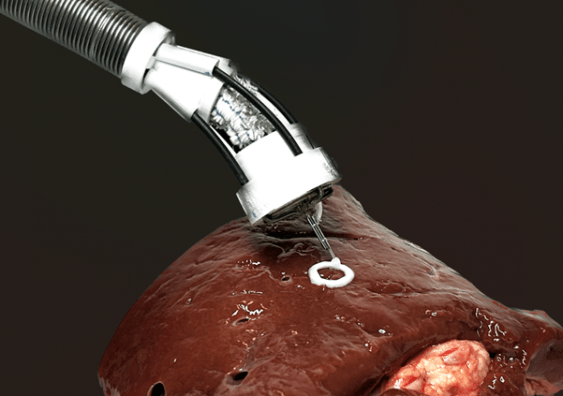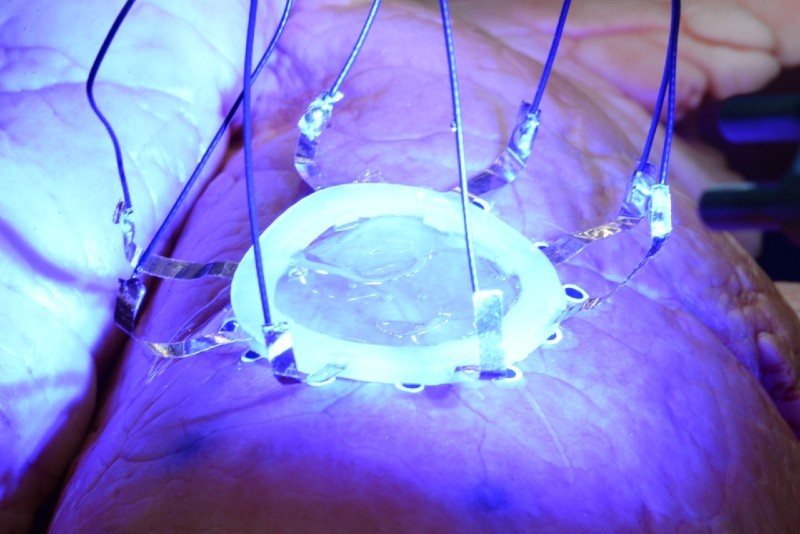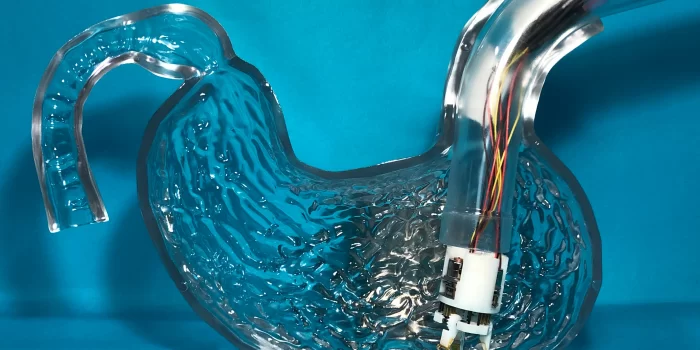The field of bioprinting has taken a significant step forward with the development of a novel robotic system by engineers at the University of New South Wales (UNSW). The new system is capable of 3D printing cells onto organs inside the human body, potentially revolutionizing the treatment of a range of conditions.
The current use of bioprinting involves creating biomaterials that incorporate living cells and drugs, primarily for research and developing new drugs. However, the process requires the use of large 3D printers to create constructs that are then surgically implanted into the body, which carries its own risks, including tissue injury and the risk of infection. Additionally, because biomaterials are typically soft and fragile, they are vulnerable to damage during the implantation process.

The UNSW team’s new robotic system overcomes these challenges by printing directly onto organs and tissues inside the body. By doing so, the potential for tissue damage and infection is significantly reduced, and there is a lower risk of a mismatch between the construct and the tissue surface it is implanted onto.
The development of this new robotic system is a significant breakthrough for the field of bioprinting, expanding the potential applications of the technology to treat a range of conditions, including cardiac or gastrointestinal patches. The technology has the potential to revolutionize regenerative medicine by enabling the creation of new tissue and organs directly within the body.

In conclusion, the development of this new robotic system is a promising step forward in the field of bioprinting. The technology’s ability to print cells directly onto organs and tissues inside the body has the potential to significantly reduce the risks associated with implanting externally created constructs. With further development and testing, the technology could transform the way we approach regenerative medicine and the treatment of a range of conditions.


